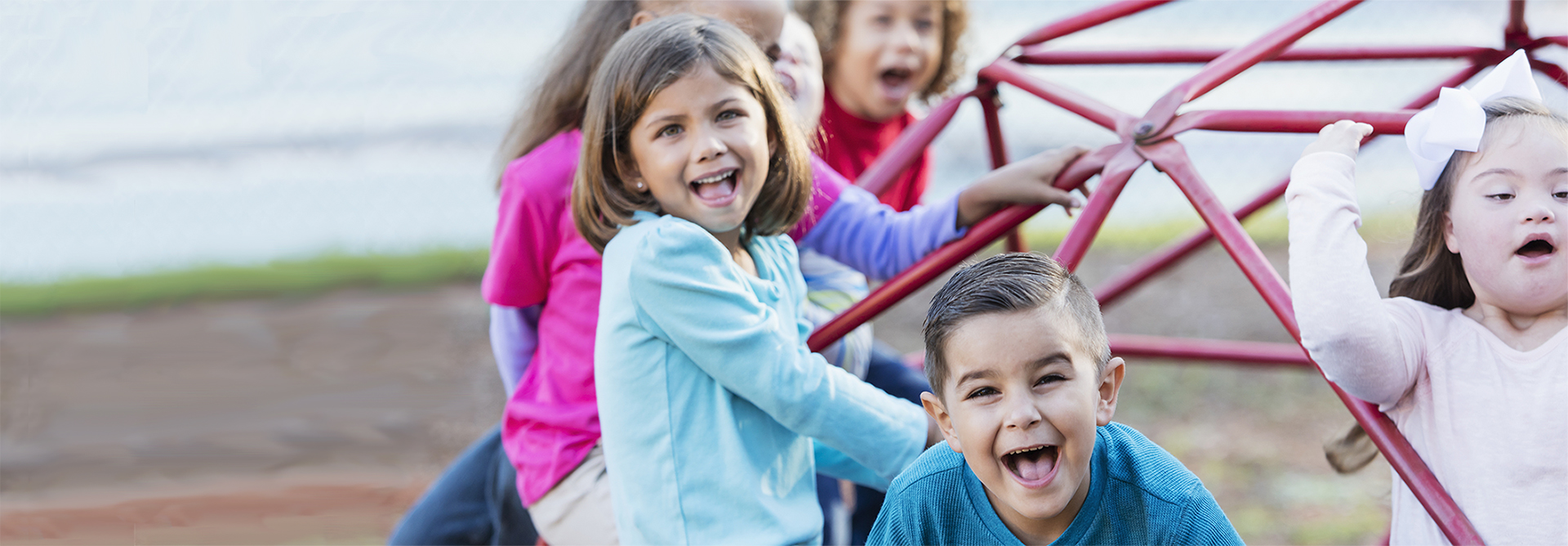Search
Research
Building Out Bullying: The influence of the school environment on bullying behaviour and mental health in primary and secondary school studentsThe Building Out Bullying project is funded by Healthway and aims to generate policy-relevant evidence, system-level guidelines, and school-based interventions to improve the bullying behaviour and mental health of children attending primary and secondary school in Western Australia.
Research
Determinants of incomplete vaccination and non-vaccination among WA childrenTom Snelling BMBS DTMH GDipClinEpid PhD FRACP Head, Infectious Disease Implementation Research 08 6319 1817 tom.snelling@thekids.org.au Head,
Research
Determinants of prenatal alcohol exposure among Aboriginal women in the Pilbara: Developing a statistically validated model of prenatal alcohol consumption for evidence based intervention developmentInvestigators: Dave Tucker (PhD candidate), Associate Professor Roz Walker, Dr Martyn Symonds, Dr Nyanda McBride The overarching aim of the proposed

Data linkage is a technique for connecting pieces of information that are thought to relate to the same person, family, place or event.

Find out about the research outputs for the Development Pathways Project, and see the published research outcomes.

Findings of a research study examining the characteristics of service use by a cohort of young people born between 1994-1997 who used four government services.
Research
Ear Explorers: A ‘real-life research project’ enabling children to view inside their own ears using smartphone video-otoscopyChris Brennan-Jones PhD Head, Ear and Hearing Health chris.brennan-jones@thekids.org.au Head, Ear and Hearing Health Professor Chris Brennan-Jones is
Research
Engineering new tools to improve energy metabolismAleksandra Filipovska BSc PhD Louis Landau Chair in Child Health Research; NHMRC Leadership Fellow; Deputy Director, ARC Centre of Excellence for
Research
Fetal alcohol exposure, nutritional status and epigenetic disruption – exploring the linksAlexander David Martyn Larcombe Martino Symons BScEnv (Hons) PhD BSc PhD B.A. (Hons) PhD. Honorary Research Fellow Head, Chronic Diseases Research
Research
Game Changers projectThe Game Changers project was about using the Kimberley passion and enthusiasm for sport to engage Kimberley kids who were in a disrupted environment, with negative impacts on behaviour and attendance at school, leaving them vulnerable and at-risk in the community.
